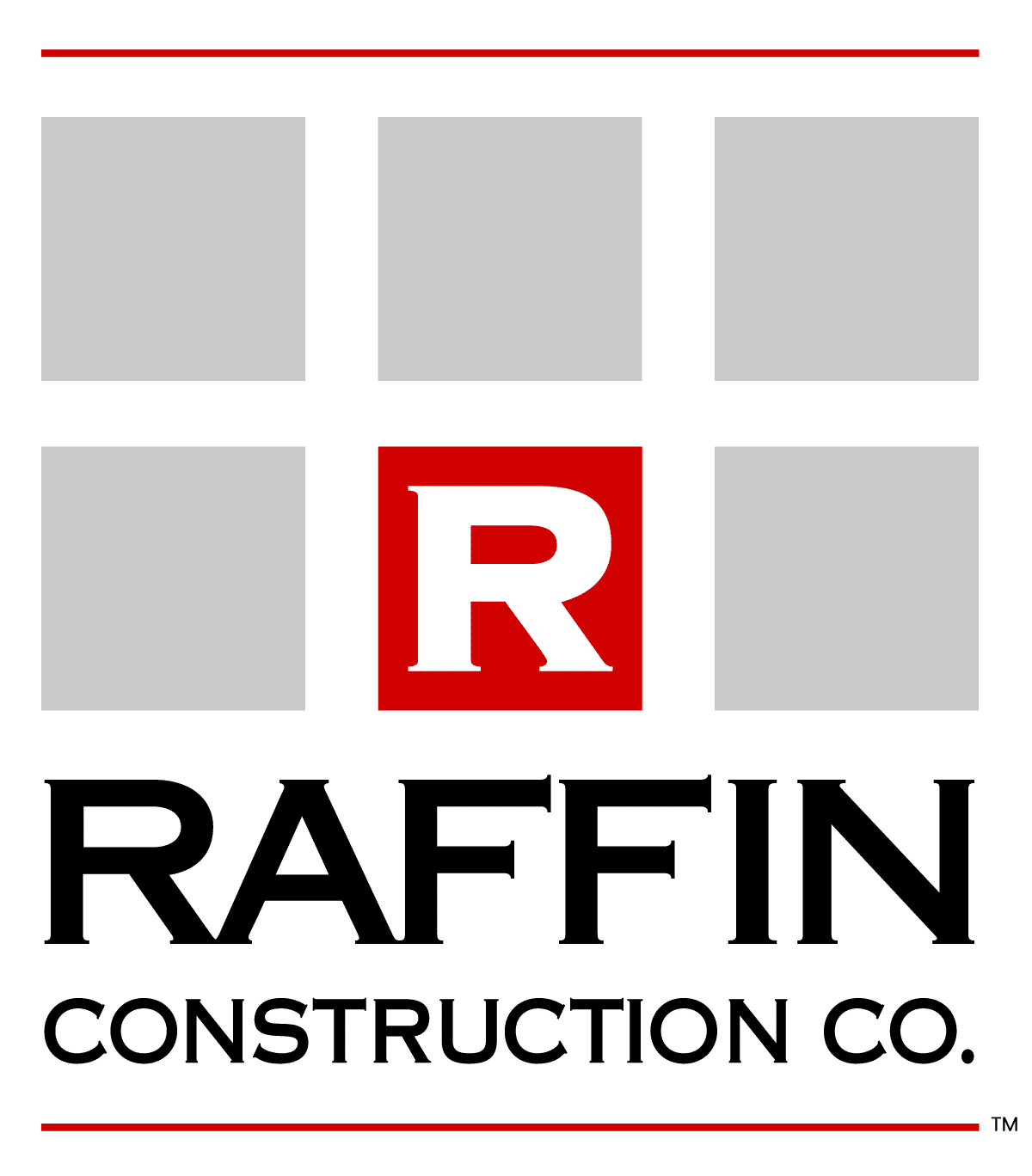What is pervious concrete?
Pervious concrete is a recently developed construction material used to replace traditional concrete in driveways, parking lots, sidewalks, and other flat outdoor areas. Its special properties allow water to drain through it as on a grass lawn, without the use of a water retention or storm water treatment system. It’s both an environmentally friendly and economical pavement material.
How does pervious concrete work?
The porous nature of pervious concrete allows natural elements such as rain water, melted snow or ice, and air to pass into the underlying soil through small gaps in the concrete. This system allows this hard surfaced pavement to drain rain water the same as a grass lawn, while maintaining its structural properties.
What is the best location for pervious concrete?
The ideal environment for pervious concrete would be sidewalks, driveways, and parking lots. Other locations that would benefit from this application would be greenhouses, outdoor tennis courts, paths, and horse stalls.
What happens to the water?
The unique porous voids in pervious concrete allow air to circulate through the slab. Combined with the chemical nature of the concrete itself, this allows the pavement to break down pollutants in the water, such as asphalt, as it passes through. The water then filters down to the aquifer through the stone base and the sub surface soils. In addition, the water and air that reaches the soil below assists in providing essential nutrients to surrounding tree roots and other plantings.
This unique ability to allow high rates of water flow to pass through it and the natural filtering aspect of pervious concrete ultimately provides a solution to costly storm water maintenance issues. Retention ponds and sewers retain not only storm water, but also environmental pollutants, which are re-introduced into the local environment. Furthermore, as federal standards for treating storm water take effect, the ability to allow the water to return underground in a “treated” state will save municipalities money.
How does pervious concrete act in winter?
Concrete pavements are known to crack during the winter as a result of de-icing chemicals and water freezing and expanding. The unique composition of pervious concrete puts an end to the ongoing cycle of the crack and patch repair. The costs of snow plowing and salting are greatly reduced, due to the increase in naturally melting snow from the warmer air rising through the voids in the concrete. Once the snow melts, it drains back into the pavement preventing slush and black ice. If a de-icing salt is required, the salts will not compromise the pervious concrete.
How does pervious concrete act in summer?
Concrete produces a light-colored surface, which naturally reflects the sun’s rays. By reducing the amount of heat the surface absorbs, which eventually is released and heats the surrounding air, the environment around the pavement is kept cooler, naturally. Additionally, water in the voids of the pervious concrete will evaporate, which further reduces the heat that would radiate from the pavement. These factors reduce the heat island effect that is prevalent in developed areas with darker colored, non-porous pavements.
What are the benefits of pervious concrete?
- It’s an eco-friendly material and provides essential nutrients to surrounding trees and plantings.
- It eliminates puddles of standing water, which, besides keeping feet dry, reduces slipping hazards in the winter and breeding grounds for insects such as mosquitoes in the summer.
- A snow melts, the water will filter through the concrete, avoiding the likelihood of ice accumulation.
- Water retention and collection systems are no longer required, because pervious concrete allows water to pass down into the underlying subsoil, as it would in a natural state.
- Unique properties of the pavement cause the pollutants carried in the water to be broken down, eliminating the need for storm water treatment.
Pervious concrete is an economical and environmentally-friendly pavement choice for municipalities, developers, and building owners. It’s an example of how environmentally-friendly innovations in common construction materials can also provide other benefits and savings for everyone involved.

